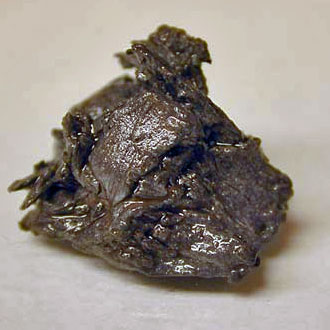Strontium
Postmenopausal osteoporosis has long-term physical, psychological, and
social consequences with a major impact on patients' daily life.
Treatment for such a chronic disease needs to be clinically effective
and well tolerated, and should ultimately result in a beneficial effect
on quality of life. The antifracture efficacy of strontium ranelate, 2
g/day orally, an agent that appears to have dissociation effects on
resorption and formation, has been assessed in two large, randomized,
double-blind, placebo-controlled clinical studies: the Spinal
Osteoporosis Therapeutic Intervention (SOTI) trial and the TReatment Of
Peripheral Osteoporosis Study (TROPOS), including more than 6,700
postmenopausal women. Pending the results of TROPOS, a 3-year analysis
of SOTI results shows that strontium ranelate significantly reduces new
vertebral and clinical vertebral fracture incidence in postmenopausal
osteoporotic women. This significant reduction in the risk of clinical
and new vertebral fractures has been demonstrated as early as after 1
year of treatment (RR = 0.48, p = 0.003; and RR = 0.51, p < 0.001,
respectively) and is maintained over 3 years (RR = 0.62, p < 0.001;
and RR = 0.59, p < 0.001, respectively). This is accompanied by
decreased back pain and body height loss in the strontium ranelate group
compared with the placebo group. As strontium ranelate appears to
improve clinical signs and is, furthermore, well tolerated especially in
the upper gastrointestinal region, this treatment is expected to result
in an improved health-related quality of life (HRQoL). Strontium
ranelate thus offers significant clinical benefits in terms of efficacy,
tolerability, and ease of administration in the treatment of
postmenopausal women with vertebral osteoporotic fractures.






No comments:
Post a Comment